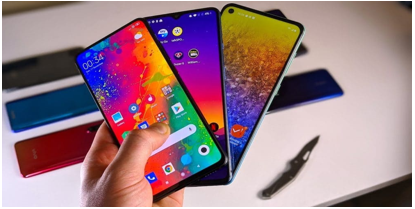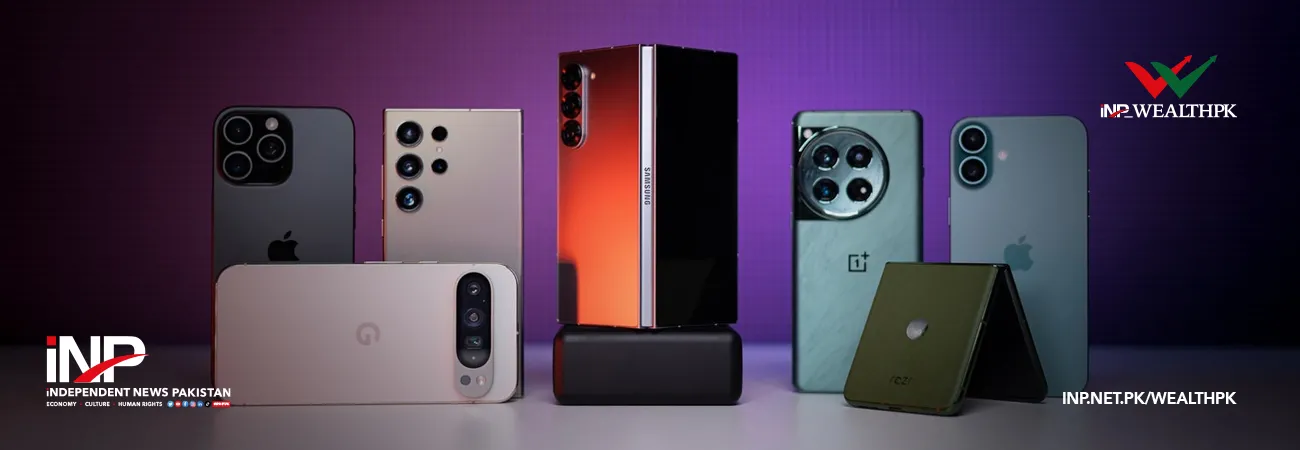INP-WealthPk
Amir Saeed
The "Smartphone for All" initiative by the Ministry of Information Technology and Telecommunication (MoIT) offers a transformative solution to bridge the digital divide in the country.

Talking to WealthPK, Ahad Nazir, Associate Research Fellow at the Sustainable Development Policy Institute (SDPI), said the most important benefit of the initiative was its potential to stimulate economy. As more people access smartphones, new avenues of digital commerce and financial services will open up. E-commerce, online banking, and digital marketplaces are all poised to expand as smartphone ownership increases, directly contributing to the digital economy. “By making smartphones affordable and accessible, this initiative will help integrate more people into the digital economy and fuel economic activities that are crucial to national growth. This will create new opportunities for businesses and individuals, contributing to an expanded market base and a more robust economic ecosystem,’’ he opined. He added that the widespread adoption of smartphones was expected to create new job opportunities, particularly in the tech sector.
With more people using smartphones, there is an increasing need for services like app development, digital marketing, and online retail, all of which offer promising career paths. These industries are rich with job opportunities for young graduates and skilled workers. As smartphone use becomes more widespread, the country will likely see a surge in tech-driven employment, which will boost the country's workforce and promote economic diversification. Financial inclusion is another area that will be significantly impacted by the initiative. Many people, particularly those living in the rural and underdeveloped areas, do not have access to the financial services. However, smartphones can be a gateway to various financial tools, from mobile banking and money transfers to digital payment platforms. By providing more people with smartphone access, the policy would bring marginalized communities into the formal economy, providing them with a pathway to financial stability.’’
Talking to WealthPK, Aatizaz Hussain, former manager implementation financial literacy at the National Institute of Banking and Finance, said, the “Smartphone for All” initiative would address the digital divide, particularly in the marginalized communities. The policy focuses on bridging connectivity gaps in the rural and remote areas, where access to technology is often limited. “This initiative would create a more balanced digital landscape, ensuring that the rural populations are not left behind. The policy also has the potential to empower the underrepresented groups, particularly women, low-income communities, and those living in the rural areas.’’ Aatizaz pointed out that in these segments of society, smartphone access could open doors to essential services, information, and opportunities which previously were out of reach. Women, in particular, can benefit significantly from greater digital access, as it can help them overcome the socioeconomic barriers, empowering them to engage more actively in the workforce and society.”
Smartphones also give people access to essential government services, educational material, and healthcare information, all of which can revolutionize local economies and communities. Smartphones also profoundly impact education and workforce development. He emphasized that in a country where access to quality education remains challenging in many rural and underserved areas, smartphones can be powerful tools for expanding access to learning resources. No matter where they are, people may learn new things at their own pace with the help of instructional apps, digital libraries, and online learning platforms. “It is particularly crucial for people residing in places without conventional educational facilities because cell phones allow them to participate in online courses and remote learning programs,’’ he said.
Credit: INP-WealthPk













